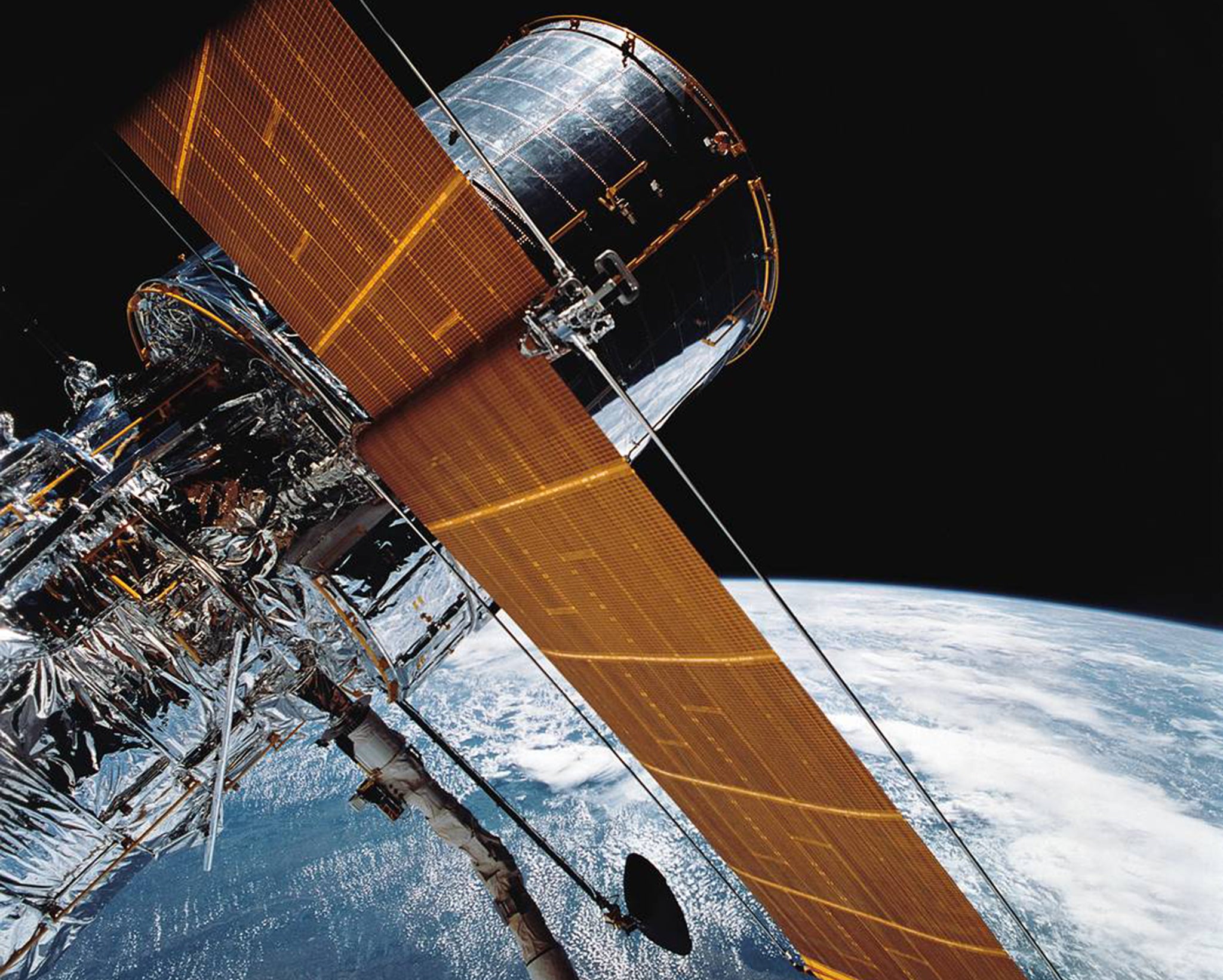Hubble Space Telescope goes down for third time in a week
Ageing, floating observatory occasionally needs fixing from the ground

Your support helps us to tell the story
From reproductive rights to climate change to Big Tech, The Independent is on the ground when the story is developing. Whether it's investigating the financials of Elon Musk's pro-Trump PAC or producing our latest documentary, 'The A Word', which shines a light on the American women fighting for reproductive rights, we know how important it is to parse out the facts from the messaging.
At such a critical moment in US history, we need reporters on the ground. Your donation allows us to keep sending journalists to speak to both sides of the story.
The Independent is trusted by Americans across the entire political spectrum. And unlike many other quality news outlets, we choose not to lock Americans out of our reporting and analysis with paywalls. We believe quality journalism should be available to everyone, paid for by those who can afford it.
Your support makes all the difference.The Hubble Space Telescope has gone into “safe mode” for the third time in a week.
The ageing, floating observatory – which was launched in 1990, with an expected lifespan of 15 years, and was last serviced by the space shuttle in 2009 – occasionally needs to be fixed from the ground when it runs into issues.
This time, Nasa said it had entered safe mode because of an “ongoing gyroscope issue”. The space agency is “working to resume science operations”, it said.
The current problems had begun 23 November, it said, and it is still not online. The telescope had been hit with the same issue twice in the days before, when it was also sent into safe mode – but came back online.
Nasa said Hubble was otherwise in good health, and that its instruments were stable. It is able to operate with just one working gyroscope, but is less efficient when it does.
When the spacecraft was serviced on the fifth and final visit from the space shuttle, in 2009, astronauts installed six new gyroscopes on Hubble. Three of those are still in operation, including the one currently having issues.
The gyroscopes are used to aim the telescope around space. They measure Hubble’s turning and help it work out where it is pointing, so that it can be moved around in space.
Nasa says that it believes Hubble will continue working, alongside other telescopes such as Webb, “throughout this decade and possibly into the next”.
When it is no longer operational, Hubble will re-enter Earth’s atmosphere, though that is not expected to happen until the mid to late 2030s at the earliest. It is expected to have a propulsion system attached to it which will either push it down for a controlled fall into the Pacific Ocean or carry it further up into a higher orbit.
Join our commenting forum
Join thought-provoking conversations, follow other Independent readers and see their replies
Comments